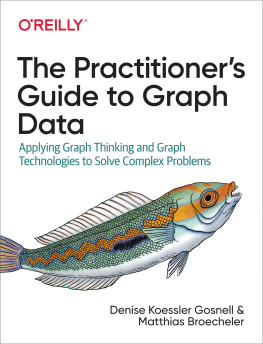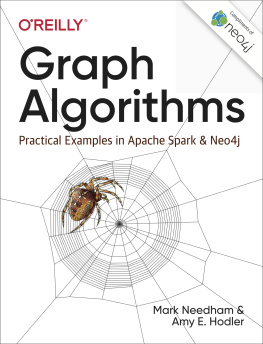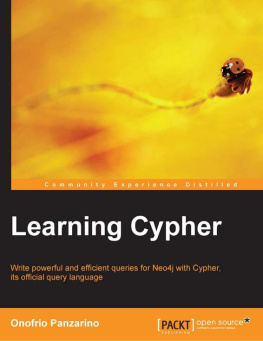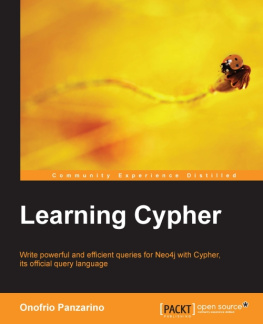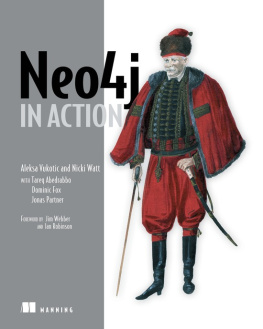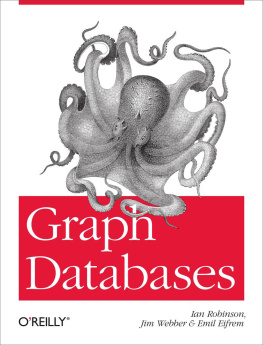Ian Robinson - Graph Databases: New Opportunities for Connected Data
Here you can read online Ian Robinson - Graph Databases: New Opportunities for Connected Data full text of the book (entire story) in english for free. Download pdf and epub, get meaning, cover and reviews about this ebook. year: 2015, publisher: OReilly Media, genre: Home and family. Description of the work, (preface) as well as reviews are available. Best literature library LitArk.com created for fans of good reading and offers a wide selection of genres:
Romance novel
Science fiction
Adventure
Detective
Science
History
Home and family
Prose
Art
Politics
Computer
Non-fiction
Religion
Business
Children
Humor
Choose a favorite category and find really read worthwhile books. Enjoy immersion in the world of imagination, feel the emotions of the characters or learn something new for yourself, make an fascinating discovery.
- Book:Graph Databases: New Opportunities for Connected Data
- Author:
- Publisher:OReilly Media
- Genre:
- Year:2015
- Rating:5 / 5
- Favourites:Add to favourites
- Your mark:
Graph Databases: New Opportunities for Connected Data: summary, description and annotation
We offer to read an annotation, description, summary or preface (depends on what the author of the book "Graph Databases: New Opportunities for Connected Data" wrote himself). If you haven't found the necessary information about the book — write in the comments, we will try to find it.
Discover how graph databases can help you manage and query highly connected data. With this practical book, youll learn how to design and implement a graph database that brings the power of graphs to bear on a broad range of problem domains. Whether you want to speed up your response to user queries or build a database that can adapt as your business evolves, this book shows you how to apply the schema-free graph model to real-world problems.
This second edition includes new code samples and diagrams, using the latest Neo4j syntax, as well as information on new functionality. Learn how different organizations are using graph databases to outperform their competitors. With this books data modeling, query, and code examples, youll quickly be able to implement your own solution.
- Model data with the Cypher query language and property graph model
- Learn best practices and common pitfalls when modeling with graphs
- Plan and implement a graph database solution in test-driven fashion
- Explore real-world examples to learn how and why organizations use a graph database
- Understand common patterns and components of graph database architecture
- Use analytical techniques and algorithms to mine graph database information
Ian Robinson: author's other books
Who wrote Graph Databases: New Opportunities for Connected Data? Find out the surname, the name of the author of the book and a list of all author's works by series.


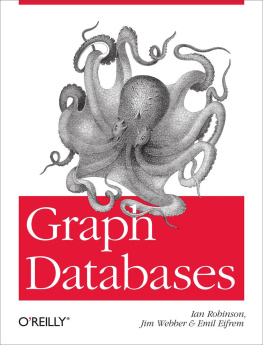
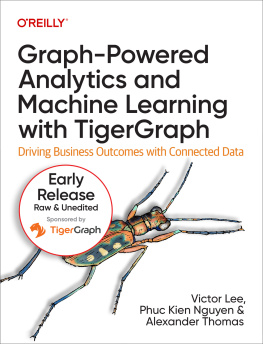
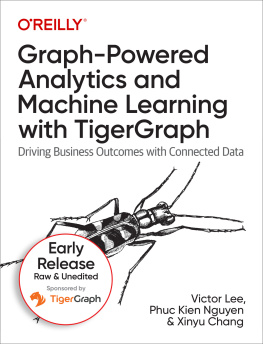
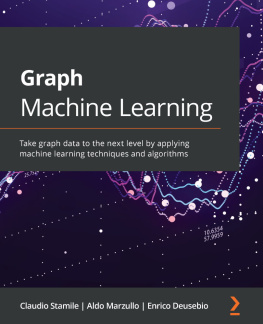
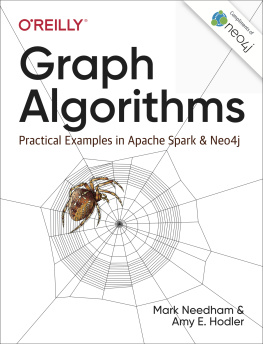
![Eifrem Emil - Graph Databases: [new opportunities for connected data]](/uploads/posts/book/173054/thumbs/eifrem-emil-graph-databases-new-opportunities.jpg)
